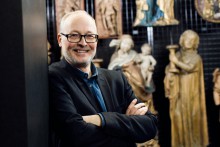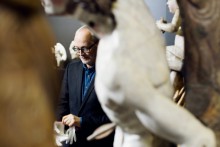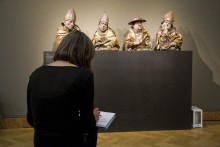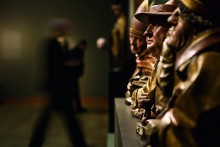-
Visit
Liebieghaus
Skulpturensammlung
Schaumainkai 71
60596 Frankfurt am MainOpened today
10.00 am to 6.00 pm
-
Museum
Liebieghaus
Skulpturensammlung
Schaumainkai 71
60596 Frankfurt am MainOpened today
10.00 am to 6.00 pm
-
Collection
Liebieghaus
Skulpturensammlung
Schaumainkai 71
60596 Frankfurt am MainOpened today
10.00 am to 6.00 pm









